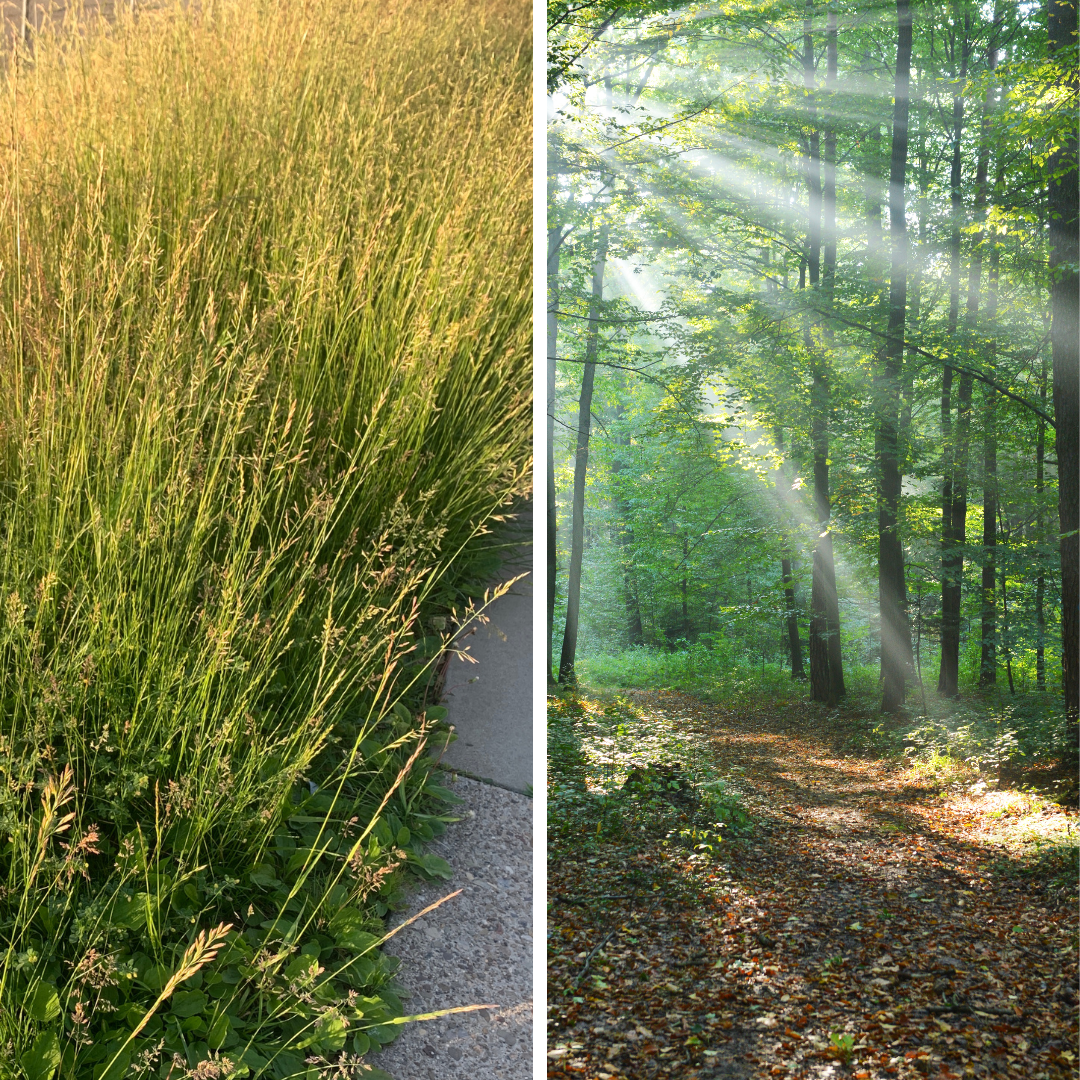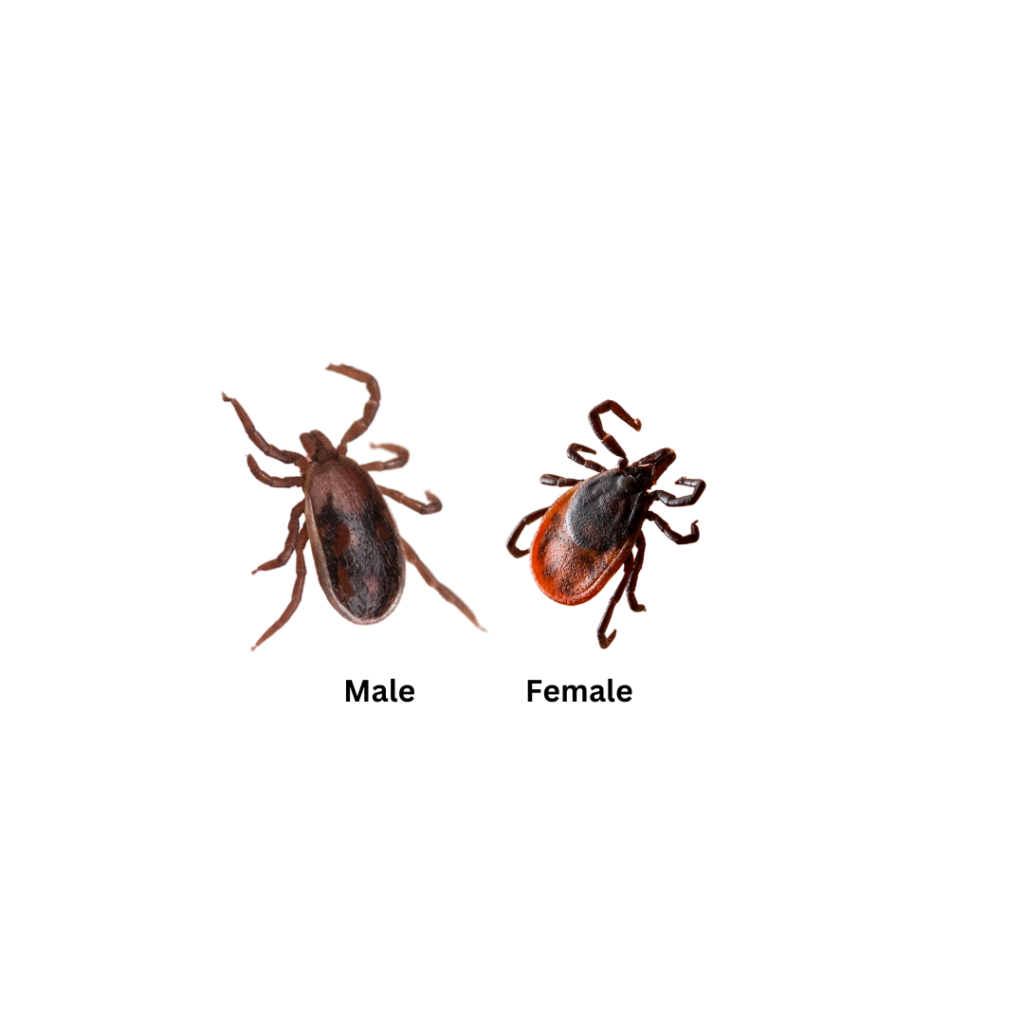Ticks are well-known in Minnesota but not many people know that much about them
Learn About
If you have any questions or concerns or would like to schedule an appointment call us or send us an email
Call Us Today! 952-404-BOGO (2646)
Share This Page!
Tick Prevention

A prevention treatment for ticks is mainly meant for homes that are built close to heavy vegetation areas. Such as; woods, lakes, meadows, and marshes. Our service focuses on spraying a product in areas of the property that have overgrown plants or leaf litter that is close to the home. Ticks do not fly or live high off of the ground. It is only necessary to spray 3-4 feet off the ground. The best time of year to treat for ticks would be in the spring and summer. In the fall they are no longer searching for any new hosts. They either lay eggs and mate or are no longer active due to the cold temperatures.
Common Tick Habitats

Leaf Litter
Leaf litter is a common place for ticks to lay their eggs. The moisture trapped underneath creates a perfect microclimate for the eggs to hatch in the spring. As the eggs hatch the young nymphs are more likely to attach themselves to smaller rodents and animals rummaging through the leaves. This is why picking up any leaves left in the yard in the fall can be extremely beneficial. By leaving them in the ground all winter you are more likely to have ticks hatching out in the spring.

Long Grass/Thick Vegetation
As ticks grow into adults they start searching for higher plants to perch on to. Because ticks can’t fly or jump the only way they can land on a host is by landing on it as it walks by. As the ticks grow so do the host animals that they search for. Adult ticks are more likely to attach themselves to humans, deer, and pets. By trimming back any overgrown vegetation you will significantly reduce your chances of finding a tick on your body.
Tick Life Cycle

Tick Identification

Deer Ticks (Blacklegged Ticks)
Deer ticks are the main transmitters of Lyme disease. The first symptoms of the disease are; headaches, dizziness, joint aches, flu-like chills, and fever. To identify a deer tick it has a reddish-brown body and black shield. The males a smaller and light brown. The ticks spend most of their life under leaf litter in forests. The wet leaves provide them with the perfect amount of moisture they need to survive. They live for 2 years and will only live with one or 3 different hosts during that time. Most of their life is spent on the ground or the leaves of plants.

Wood Ticks (Dog Ticks)
Wood ticks are not transmitters of Lyme disease. Although they have been known to carry Rocky Mountain Spotted Fever. This disease is extremely rare in Minnesota. To identify a wood tick look for an off-white shield on a female and a similar colored unique line pattern on a male. These ticks are commonly found in areas with little tree cover. They spend most of their lives living in grassy fields, marshes, and on the edge of trails and sidewalks with overgrown grass.
BOGO Provides Pest Control Services For the Twin Cities and Beyond!
Anoka|Apple Valley| Bloomington|Burnsville|Champlin|Chanhassen|Coon Rapids|Cottage Grove|Deephaven| Delano|Eagan|Eden Prairie|Edina|Elk River|Excelsior|Golden Valley|Independence|Inver Grove Heights| Lino Lakes|Long Lake|Maple Grove|Maple Plain|Maplewood|Medina|Minneapolis| Minnetonka|Minnetrista|Mound|New Brighton|New Hope|North Oaks|Orono|Prior Lake|Plymouth|Ramsey|Rogers|Roseville|Shoreview| Shorewood|Stillwater|St. Louis Park|St. Paul|Victoria|Waconia|Wayzata|White Bear Lake|Woodbury|
If you have any questions or concerns or would like to schedule an appointment call us or send us an email
Call Us Today! 952-404-BOGO (2646)




